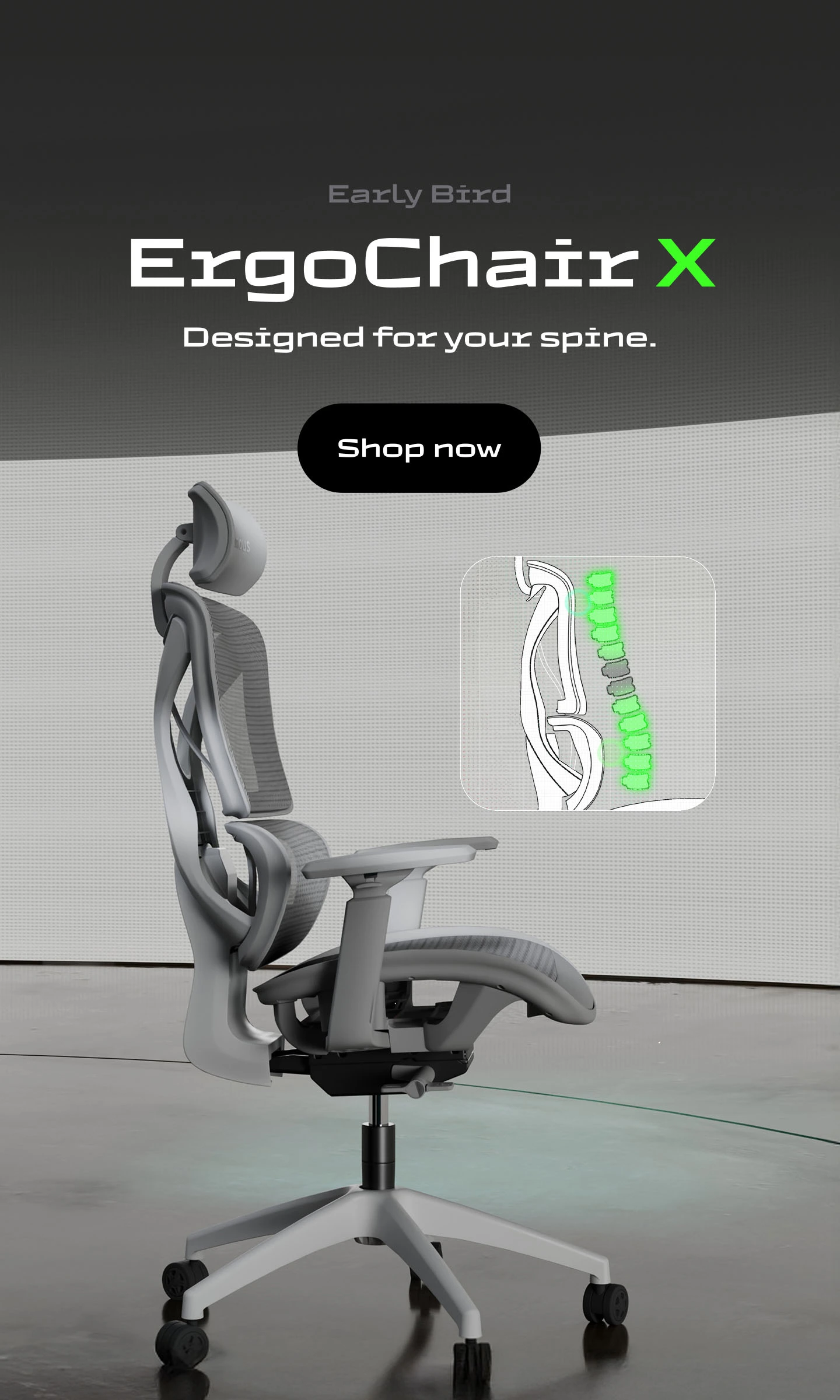
Healing from Within: Somatic Therapy in the Office Environment
Table of Contents
Enter the working world, where time, pressure, and stress can feel like regular companions. But a newcomer has shown up in this hustle and bustle: somatic therapy.
Rather than merely discussing your concerns at work, this method also checks in with your physical state to see how you're doing. So, let's look into how somatic therapy is reshaping the business world.
What Is Somatic Therapy?
Somatic therapy, sometimes called body psychotherapy, is a mode of treatment that gives equal weight to mental and physical states and the relationships between them. By definition, the term "somatic" refers to something physical.
Awareness of internal bodily processes, such as physiological clues in response to triggers or physiological reactions we experience throughout the day (such as headaches or stomach aches), is essential for successful somatic therapy.
Importance of Somatic Therapy at Workplace
Negative feelings and their effects on the neurological system can be alleviated with the help of somatic therapy techniques. Particularly, they are founded on somatic psychology and body psychotherapy, which have been shown to be effective.
When workers encounter problems at work, somatic therapy can help. Many people experience mental health issues as a result of their jobs. This therapy may be beneficial if they wish to grow their insight and ability to manage their feelings.
Benefits of Somatic Therapy
- Improves bodily awareness: Somatic therapy helps you tune into your physical self and gain a deeper understanding of your feelings, thoughts, and actions. The more one knows the more they may focus on the present and feel their inner self.
- Reduces stress and anxiety: Stress and anxiety in the workplace can be alleviated with somatic therapy techniques such as deep breathing and meditation. You'll find yourself more at ease and peaceful after using it.
- Trauma resolution: If you have experienced trauma in the past, this treatment can help you heal. Physical and mental wellness activities for employees might also help alleviate these symptoms.
- Strengthens relationships: Changes in behavior and way of life are possible through somatic therapy. Improve your self-awareness and consciousness; also, you'll be able to put your people's abilities, including communication and empathy, to good use.
- Boosts resilience: Resilience in the face of adversity is attainable through somatic psychotherapy. It will make you feel more capable of dealing with difficult circumstances. Workplace efficiency is also improved.
Somatic Therapy Techniques
Somatic therapists use a variety of methods to aid in the physical processing of repressed emotions and trauma. Some of the most frequent ones are as follows:
Body awareness: This is a fundamental technique for relieving stress and anxiety. The client is taught to become aware of and pinpoint sources of stress in the body and mind.
Grounding: "Grounding" means to make a strong bond between yourself and the earth. When you practice grounding, you tune into your physical being, connect with the earth beneath your feet, and calm your nervous system.
Titration: Therapists use titration to help you get through a painful memory. You will be advised to keep an eye out for physical manifestations of emotion while you recall the memory. The therapist will assist you in dealing with any bodily sensations as they arise.
Sequencing: Emotional expression can spread throughout the body when tension begins to dissipate. Either tension builds in the abdomen, travels up the chest, and settles in the throat, making breathing difficult, or the opposite occurs, and the tension is released through tears, allowing the person to breathe more easily and providing a healthy way to release anger.
Somatic Therapy Types
Somatic Experiencing
Trauma responses in the body can be addressed through somatic experiences.
Somatic therapists might range from those who want to hear about your traumatic experiences to those who want to hear simply about the physical feelings you felt at the time. You could be instructed to perform movements designed to bring up unpleasant emotions. The therapist will provide you with healthy ways to release your pent-up frustration so you can eliminate the triggering factor over time.
EMDR
During EMDR therapy, traumatic memories are revisited in small doses while the client focuses on an external stimulus, often lateral eye movements. Tapping one's hands or listening to certain sounds are two other possible focal centers in this somatic therapy type.
Hakomi
Hakomi is a form of somatic therapy that emphasizes mindfulness, or the skill of paying attention to the present without attaching any meaning to it.
The practitioner creates a warm and accepting space for the client before guiding them to recognize how their unconscious beliefs manifest in their bodies—rapidly accessing and cooperatively processing unconscious data with the therapist's help.
Sensorimotor Psychotherapy
Sensorimotor psychotherapy is an integrative approach that draws from various therapeutic modalities, including psychotherapy, somatic therapy, attachment theory, neuroscience, and the Hakomi method.
The client can safely relive the traumatic event and complete any unfinished acts from the original event as part of this therapy. This is done so that the person can feel like the chapter has closed and their mental block is lifted.
Neurosomatic Therapy
Clients whose symptoms lie closer to the physical end of the mind-body continuum benefit from neurosomatic therapy. The neurological system, skeleton, and soft tissues are all examined by NST to reveal the underlying causes of tension and physical pain.
Massage, postural correction, and rebalancing exercises are the major tools in this somatic therapy type.
How Can Organizations Incorporate Somatic Experiencing?
Here are some ways in which your company might enrich your bodily sensations:
Inclusive Corporate Wellness Program
How about an all-encompassing wellness program that suggests you find 7 minutes a day to exercise? This inspires you to practice yoga, which in turn helps you unwind and maintain your fitness routine.
The corporate world is in need of a program that can help you on your path to better health. It's a great way to improve your overall health routine, reap the standing desk health benefits and maintain a positive frame of mind.
Workshops or Courses
Yoga, sound healing, and tai chi can also be organized by groups. You can facilitate stress reduction and workplace stretching by scheduling body-centered practice sessions for your staff. Additionally, you can organize your workshop space more realistically by incorporating meditation room ideas.
Collaboration with Somatic Therapists
One viable alternative is to employ a licensed mental health counselor or somatic psychotherapist to work with clients in-house. Allowing workers to engage in individual counseling once a week can be helpful.
You can allocate a separate office for somatic therapy with proper therapist office decor to streamline the process for everyone involved.
Providing Resources and Education
Somatic therapy needs resources and education. Provide resources for employees to learn about it and start using it in their daily lives, such as reading materials, podcasts, or anything else.
Closing Thoughts
Somatic therapy is a great approach to improving workplace dynamics, especially as businesses try to create settings that encourage employee growth and satisfaction.
In this way, businesses and their staff can gain greatly from investing in comprehensive somatic therapy techniques discussed above.
Spread the word

.svg)











